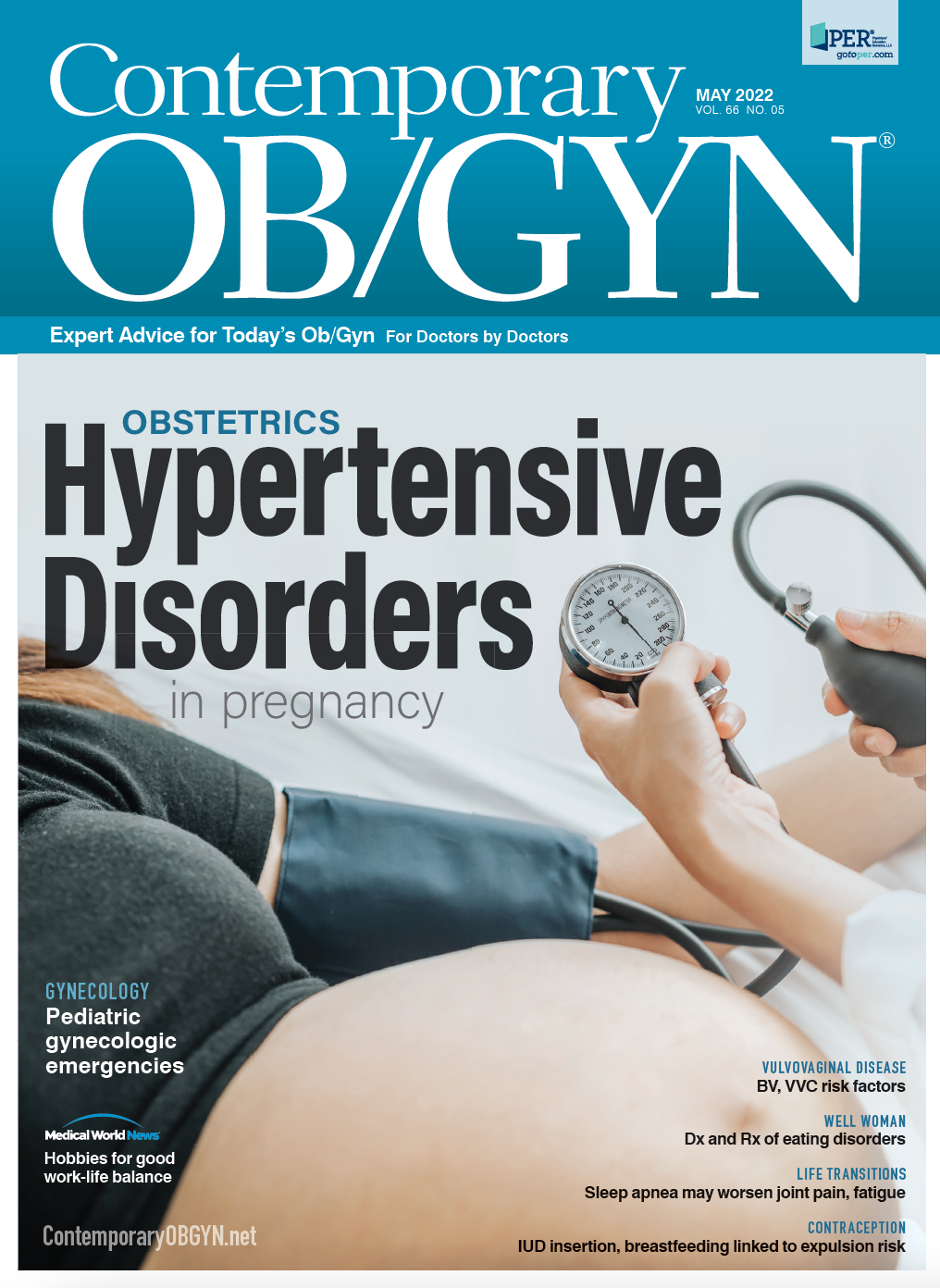Recognizing the gap
Black maternal mortality rates on the rise
Pregnancy can be a beautiful experience for soon-to-be or current mothers, although for some, that might not be the case. From morning sickness to the onset of gestational diabetes, preeclampsia, postpartum hemorrhage, or even death, bring-ing a baby into this world can come with some severe risks for both the mother and baby.
Maternal mortality is described by the World Health Organization as “the death of a woman while pregnant or within 42 days of termination of pregnancy, irrespective of the duration and the site of the pregnancy, from any cause related to or aggravated by the pregnancy or its management, but not from accidental or incidental causes.”1 Over the past couple years, maternal mortality rates have been increasing in the US. In 2020 alone, 861 women in the US died from maternal causes—an increase from 754 deaths in 2019—and the maternal mortality rate rose to 23 deaths per 100,00 live births compared with 20.1 in 2019, according to recently published data from the Centers for Disease Control and Prevention.1
Some populations are more affected by this phenomenon than others. For instance, maternal mortality rates have increased among non-Hispanic Black women during 2020 (55.3 deaths per 100,000 live births) compared with non-Hispanic White women (19.1 deaths per 100,000 live births), which is approximately 3 times the rate for non-Hispanic Black women vs non-Hispanic White women, respectively.
Maternal mortality rates for non-Hispanic Black women were also significantly higher in 2020 compared with Hispanic women, 55.3 vs 18.2, respectively. Additionally, rates rose year after year for non-Hispanic Black women, with 37.3 deaths per 100,000 live births in 2018, 44.0 in 2019, and 55.3 in 2020.
As maternal deaths continue to rise in not just every population group, but especially for non-Hispanic Black women, dedicated research is integral in understanding the underlying causes and factors that attribute to this horrible situation to effectively prevent it from happening in the first place. However, the first step in this process is recognizing the gap to hopefully inspire future research in this area.
Buprenorphine use in pregnancy linked to decreased fetal breathing movements
May 18th 2024According to a poster presented at ACOG 2024, use of the synthetic opioid buprenorphine depressed fetal breathing in biophysical profile assessments, but had no significant impact on other factors like amniotic fluid index or fetal tone.
Read More
Laparoscopic RFA linked to enhanced pregnancy outcomes in uterine fibroid patients
May 18th 2024A recent study presented at the 2024 ACOG Clinical and Scientific Meeting reveals that laparoscopic radiofrequency ablation significantly improves pregnancy outcomes for women with uterine leiomyomas.
Read More
Identifying gaps in syphilis treatment and prenatal care among pregnant individuals
May 17th 2024Preventing congenital syphilis comes down to quick diagnosis and treatment of the infection in pregnancy, and the number of missed opportunities to do so in the United States continues to grow.
Read More

